Exploring the animal kingdom often feels like jumping into an infinite sea of wonder. Just when you think you’ve seen it all, nature throws you a curveball with creatures so bizarre, you’ll question if they’re even real. From the deep sea to remote forests, the world is home to animal species that challenge our understanding of life on Earth, and what we all learned in science class.
1. The Pink Fairy Armadillo: Nature’s Adorable Enigma
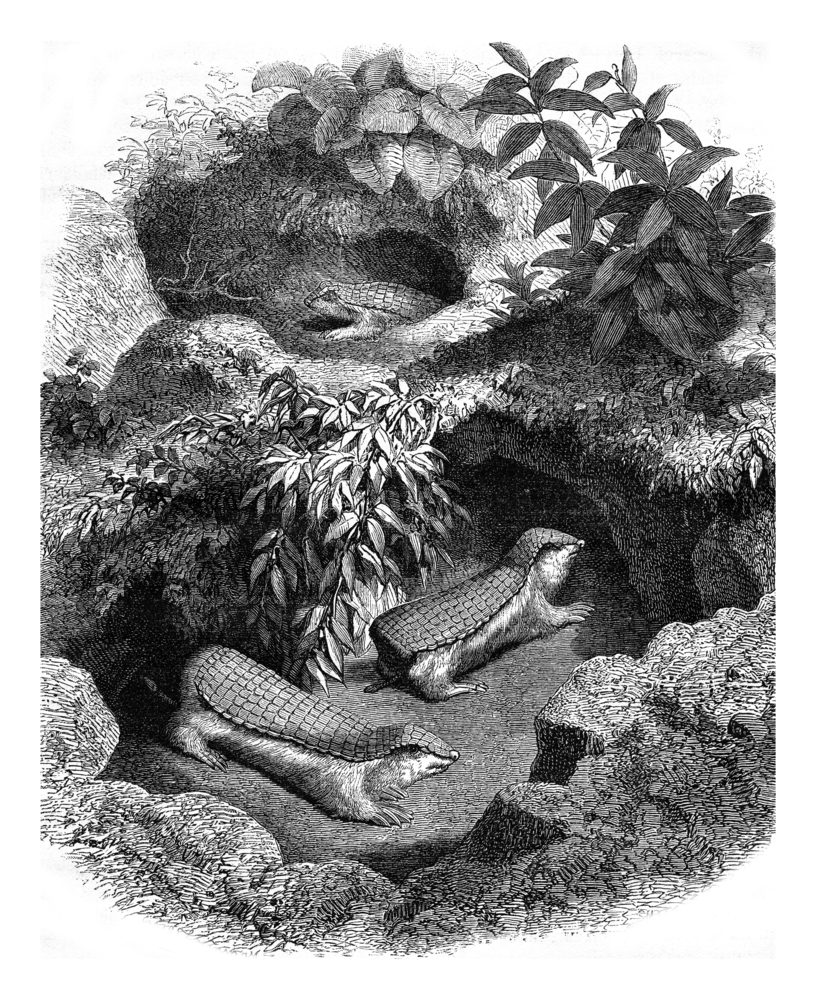
Picture a tiny armadillo wearing a pink cape, and you’ve got the Pink Fairy Armadillo. According to Fact Animal, the Pink Fairy Armadillo, native to central Argentina, is the smallest armadillo species, known for its unique pink shell and burrowing lifestyle. Despite its cute appearance, the Pink Fairy Armadillo is a master burrower, spending much of its life underground. Its pink, armor-like shell provides protection and helps regulate its body temperature. So elusive is this creature that scientists still know very little about its behavior or life cycle.
If you’re lucky enough to spot one, consider it a rare encounter with one of nature’s most secretive animals. Unlike its larger armadillo cousins, the Pink Fairy Armadillo is nocturnal, venturing out only under the cover of night. Its diet consists mainly of insects, plants, and roots, which it sniffs out using its keen sense of smell. With its delicate size and unique lifestyle, this armadillo is a testament to the diversity and adaptability of life on Earth.
2. The Axolotl: The Eternal Youth of the Animal World
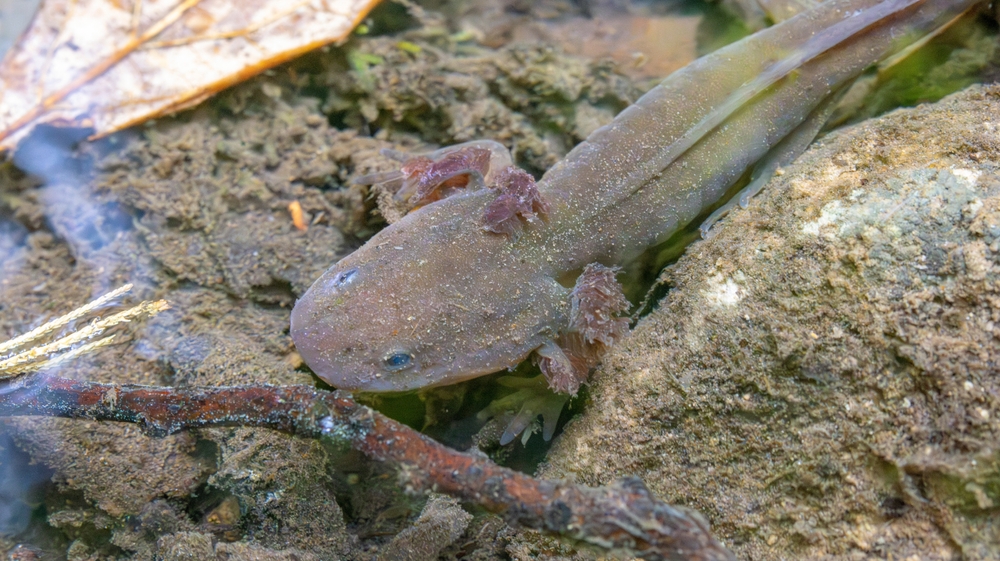
Meet the Axolotl, a salamander that never quite grows up. Native to the lakes of Mexico City, this amphibian is famous for its extraordinary ability to regenerate lost body parts. Imagine losing a limb and growing it back just like that—Axolotls can do precisely that, making them the subject of scientific fascination. As noted by Fact Animal, they retain their larval features throughout their lives, a trait known as neoteny, which gives them a perpetual “baby-like” appearance. Unfortunately, due to habitat loss and pollution, Axolotls are critically endangered in the wild.
Their gills, which resemble feathery headdresses, allow them to breathe underwater, making them perfectly adapted to aquatic life. While they may look delicate, Axolotls are surprisingly resilient, capable of regenerating not only limbs but also parts of their heart and brain. In captivity, they’re popular pets due to their unique appearance and ease of care. However, conservation efforts are crucial to ensure their survival in the wild. Their story is a poignant reminder of the fragile balance between human activity and nature.
3. The Saiga Antelope: Time Traveler of the Steppe
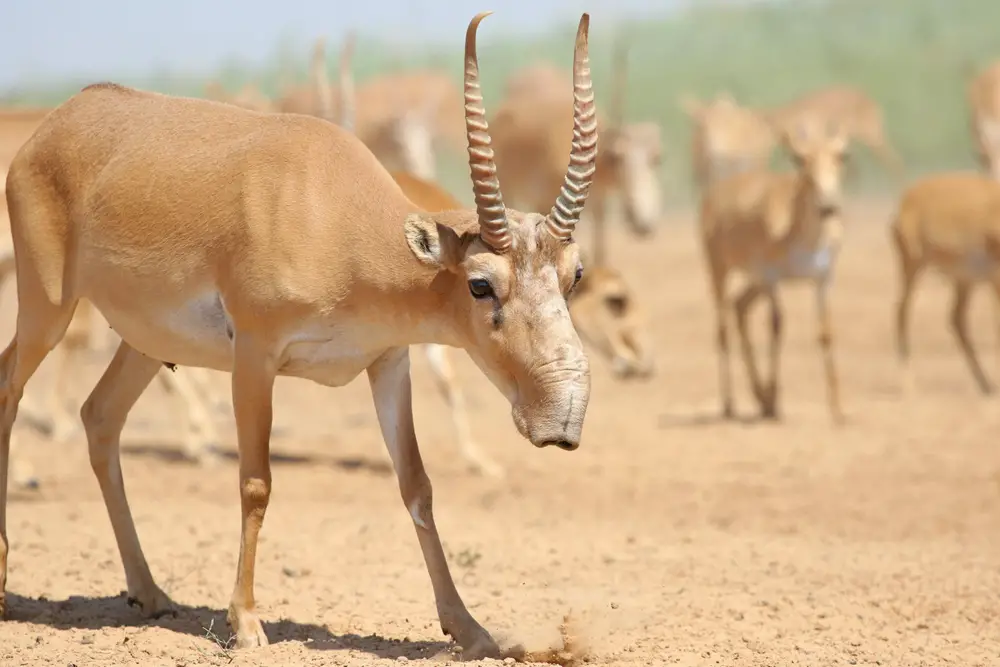
The Saiga Antelope looks like it walked straight out of prehistoric times. With its distinctive, oversized snout that acts as a natural air filter, the Saiga is perfectly adapted to the harsh, dusty environments of Central Asia. This unique feature helps it warm the cold air in winter and cool down in summer. While their population once thrived across Eurasian steppes, Saiga Antelopes are now critically endangered due to poaching and habitat destruction. Despite these challenges, conservationists are working tirelessly to bring these ancient creatures back from the brink.
Historically, Saiga Antelopes were nomadic, migrating vast distances across the plains. Their herds could number in the thousands, creating a spectacular natural phenomenon. Today, their dwindled populations face threats not only from human activity but also from disease outbreaks. Nonetheless, the Saiga’s resilience and the efforts of conservationists offer hope for their future. Protecting this remarkable antelope is vital, not just for biodiversity, but as a living link to Earth’s ancient past.
4. The Aye-Aye: Madagascar’s Nighttime Forager
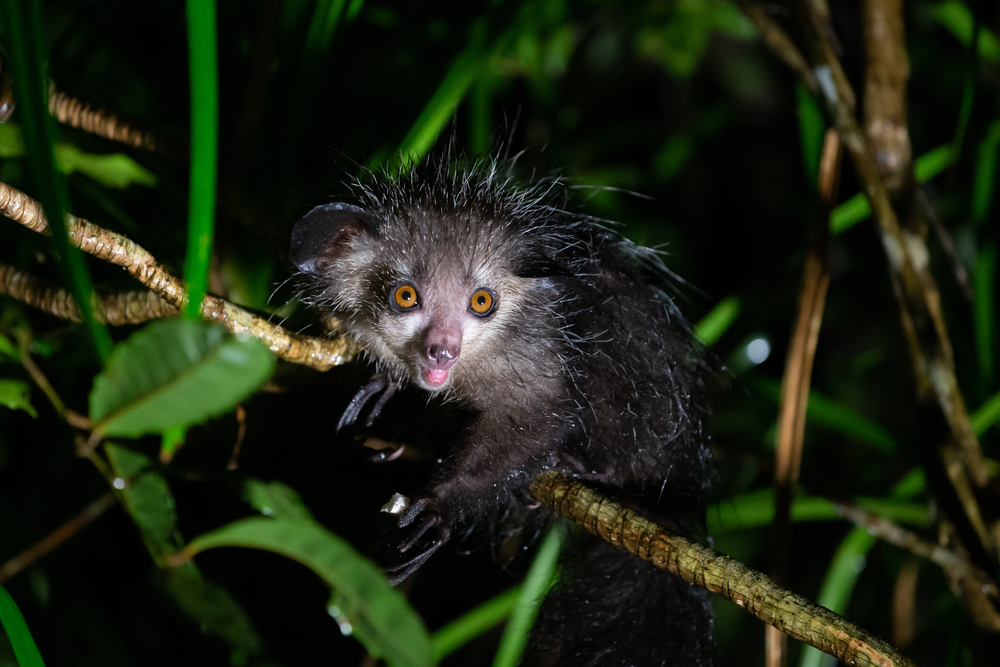
The Aye-Aye might just be the quirkiest member of the lemur family. Hailing from the island of Madagascar, this nocturnal primate sports a unique look with its large eyes, bushy tail, and most notably, its elongated middle finger. The Aye-Aye uses that finger to tap on trees, listening for the echo of insect larvae before gnawing through the bark and fishing them out. This method, known as percussive foraging, is an evolutionary adaptation that sets the Aye-Aye apart from other lemurs.
Sadly, the Aye-Aye is often misunderstood and feared by locals, leading to superstition-driven killings. Traditional beliefs sometimes view the Aye-Aye as an omen of bad luck, which exacerbates its vulnerability. However, conservation efforts are underway to protect these fascinating creatures and educate communities about their ecological importance. As a keystone species, the Aye-Aye plays a crucial role in its habitat. By preserving this unique primate, we safeguard the intricate web of life in Madagascar’s forests.
5. The Dumbo Octopus: Deep Sea Delight
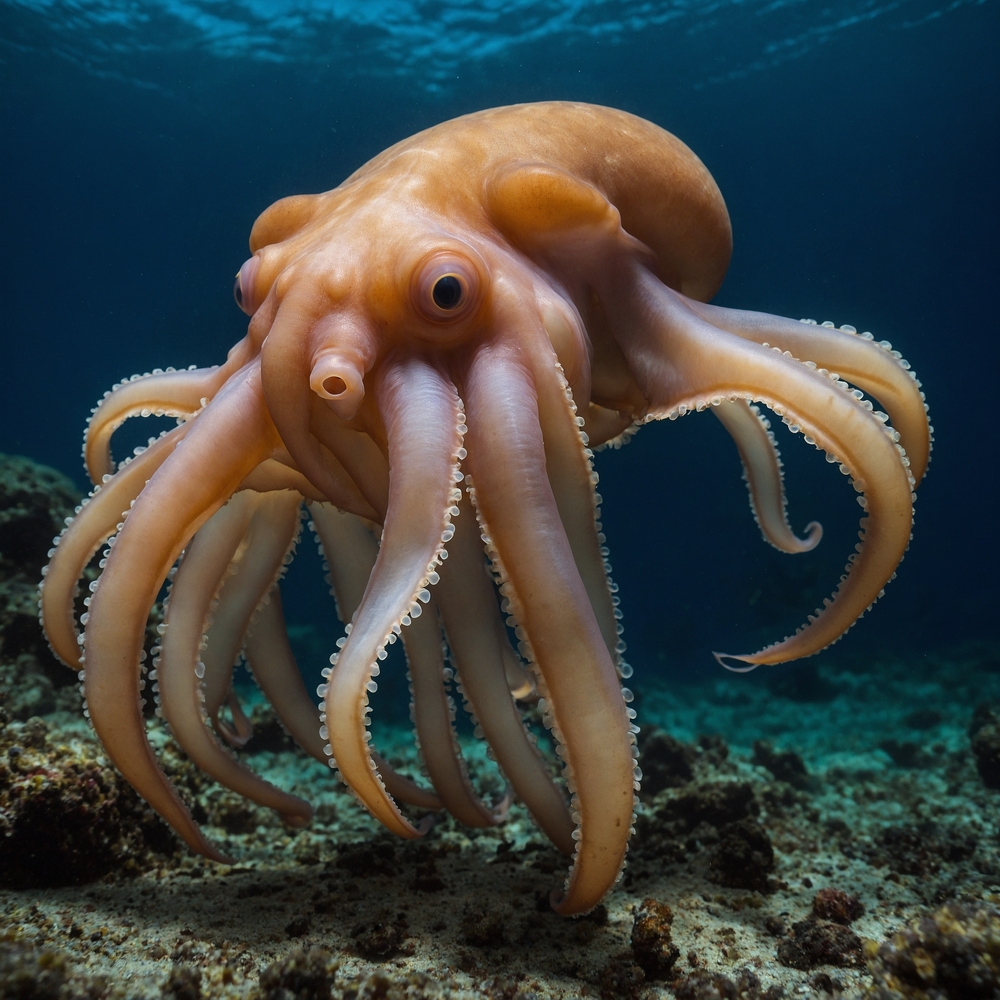
Plunging into the deep sea, we encounter the Dumbo Octopus, a creature that seems straight out of a Pixar movie. Named for its ear-like fins resembling Disney’s Dumbo, this octopus resides in the extreme depths of the ocean, typically at 9,800 to 13,000 feet. Its gelatinous body and adorable appearance have earned it a special place in the hearts of marine biologists and ocean enthusiasts alike. Dumbo Octopuses are small, with most species measuring only about 8 inches in length, living a solitary and elusive life.
Their unique mode of locomotion involves using their fins to glide through the water, a graceful dance that belies their bulbous form. Dumbo Octopuses have a diet consisting mainly of small invertebrates, which they swallow whole due to their lack of a radula. Despite their remote habitat, these octopuses are vulnerable to the impacts of deep-sea trawling and climate change. Protecting their environment ensures the survival of these remarkable deep-sea inhabitants, highlighting the need for sustainable practices in ocean exploration.
6. The Okapi: The Giraffe’s Striped Cousin
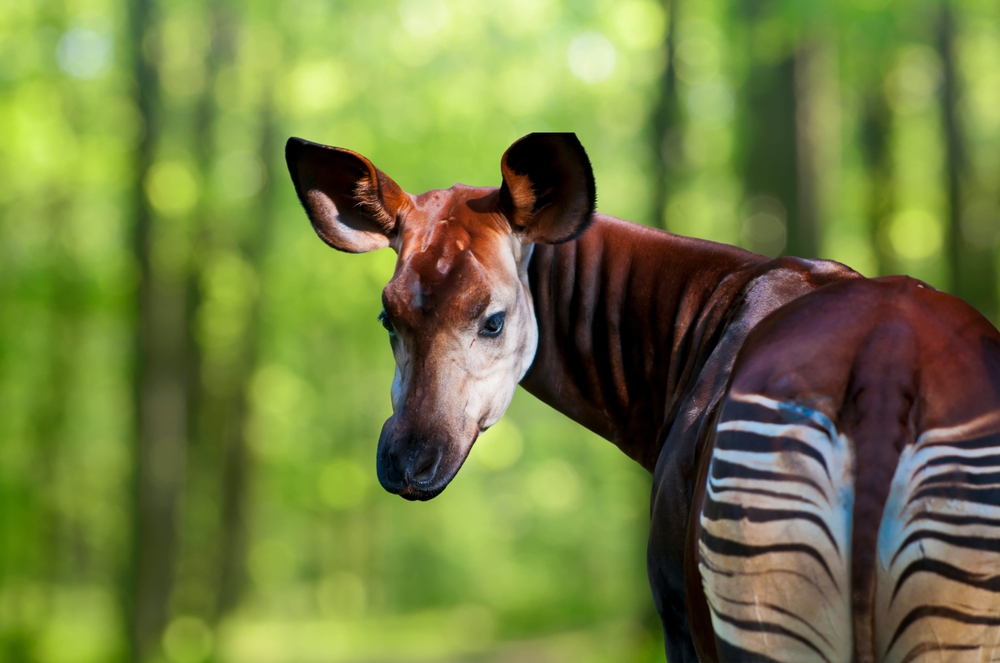
In the dense rainforests of the Democratic Republic of Congo roams the Okapi, a creature that looks like a zebra-giraffe hybrid. Despite its zebra-like stripes, the Okapi is actually the closest living relative of the giraffe. Unlike its long-necked cousin, the Okapi has a much shorter neck but shares the same elongated tongue, which it uses to strip leaves from trees. This elusive creature was only discovered by science in the early 20th century, and it continues to intrigue researchers with its unique adaptations.
The Okapi’s solitary nature and dense habitat make it a challenging subject for study. As a result, much of its life remains a mystery to scientists. Unfortunately, the Okapi faces threats from habitat loss and illegal poaching, making conservation efforts crucial. Preserving the Okapi means protecting the rich biodiversity of the African rainforest. As we learn more about this mysterious creature, it underscores the importance of safeguarding the world’s lesser-known wildlife treasures.
7. The Pangolin: Scaled Armor in the Animal Kingdom
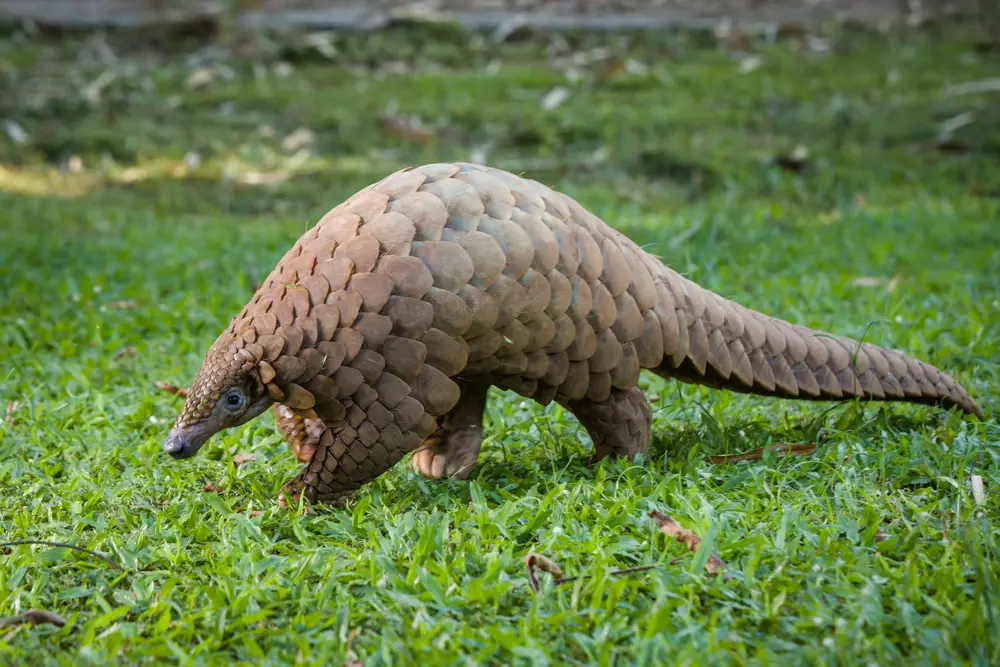
Meet the Pangolin, the only mammal in the world covered in scales. These unique creatures are found across Africa and Asia and are often mistaken for reptiles, thanks to their armor-like appearance. The Pangolin’s scales are made of keratin, the same material as human fingernails, and they use them as protection against predators. When threatened, a Pangolin curls into a tight ball, using its scales as a shield. Sadly, this defense mechanism makes them easy targets for poachers, leading to their status as the most trafficked mammal in the world.
Pangolins rely on their keen sense of smell to locate their favorite meal—ants and termites. Using their long, sticky tongues, they can consume thousands of insects in a single night. Despite their ecological importance, Pangolins face critical threats from illegal wildlife trade and habitat destruction. Conservationists are working to raise awareness and enforce stronger protections to ensure their survival. Protecting Pangolins means not only preserving a unique species but also maintaining the ecological balance of their habitats.
8. The Blobfish: The Deep Sea’s Unexpected Celebrity
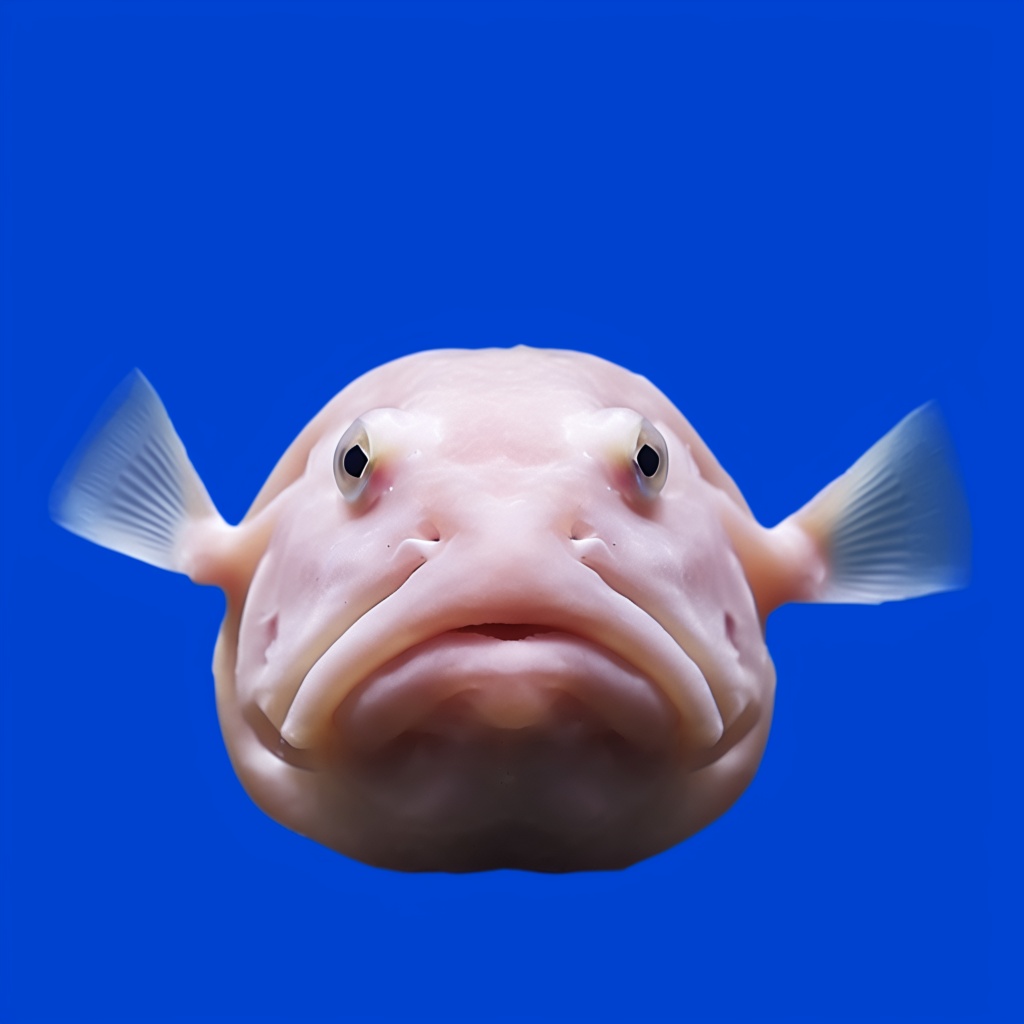
Meet the Blobfish, an animal whose name perfectly describes its appearance. Native to the deep waters off Australia, Tasmania, and New Zealand, the Blobfish is often dubbed the “world’s ugliest animal” thanks to its gelatinous form. At deep-sea pressures, the Blobfish appears more structured; however, it loses this shape when brought to the surface, resulting in its saggy, blob-like appearance. This fish has no muscle, relying on the high pressure of its deep-sea environment to maintain its shape and buoyancy.
Despite its unflattering looks, the Blobfish has gained popularity on the internet, becoming a symbol of oddball charm. Living at depths of up to 4,000 feet, it’s rarely seen by humans, making it a fascinating subject for deep-sea exploration. As with many deep-sea creatures, the Blobfish faces threats from deep-sea trawling and habitat disturbance. As we continue to explore the mysteries of the ocean’s depths, it’s crucial to consider the impacts of human activity on these mysterious ecosystems. Preserving the Blobfish ensures that the oddities of the deep continue to thrive.
9. The Glass Frog: Nature’s Transparent Marvel
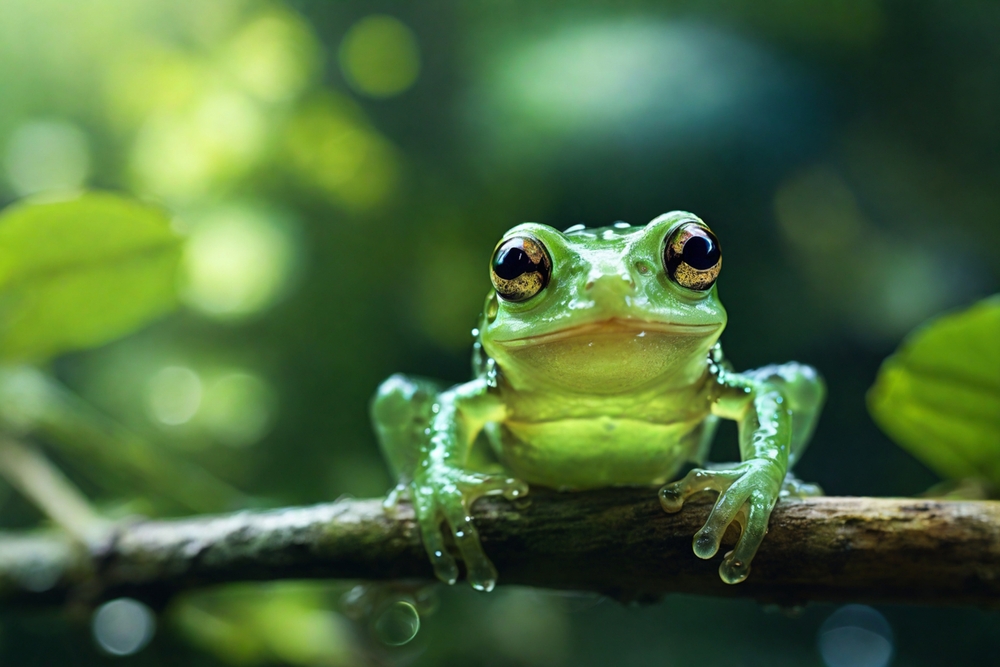
The Glass Frog offers a peek into the wonders of nature’s design, with its translucent skin revealing its internal organs. Found in the rainforests of Central and South America, this small, tree-dwelling frog is a master of camouflage. Its transparent belly allows it to blend seamlessly into its leafy surroundings, evading predators. These frogs are primarily nocturnal, spending their days hidden under leaves and becoming active at night when they hunt for insects.
Glass Frogs are known for their unique reproductive habits, with males fiercely guarding their eggs laid on leaves overhanging streams. When the eggs hatch, the tadpoles drop into the water below, continuing their life cycle. While enchanting to observe, Glass Frogs face threats from habitat destruction and pollution. Conservation efforts focus on protecting their rainforest habitat and ensuring the survival of these delicate amphibians. Their transparent beauty highlights the intricate connections between species and environments in Earth’s ecosystems.
10. The Narwhal: The Unicorn of the Sea
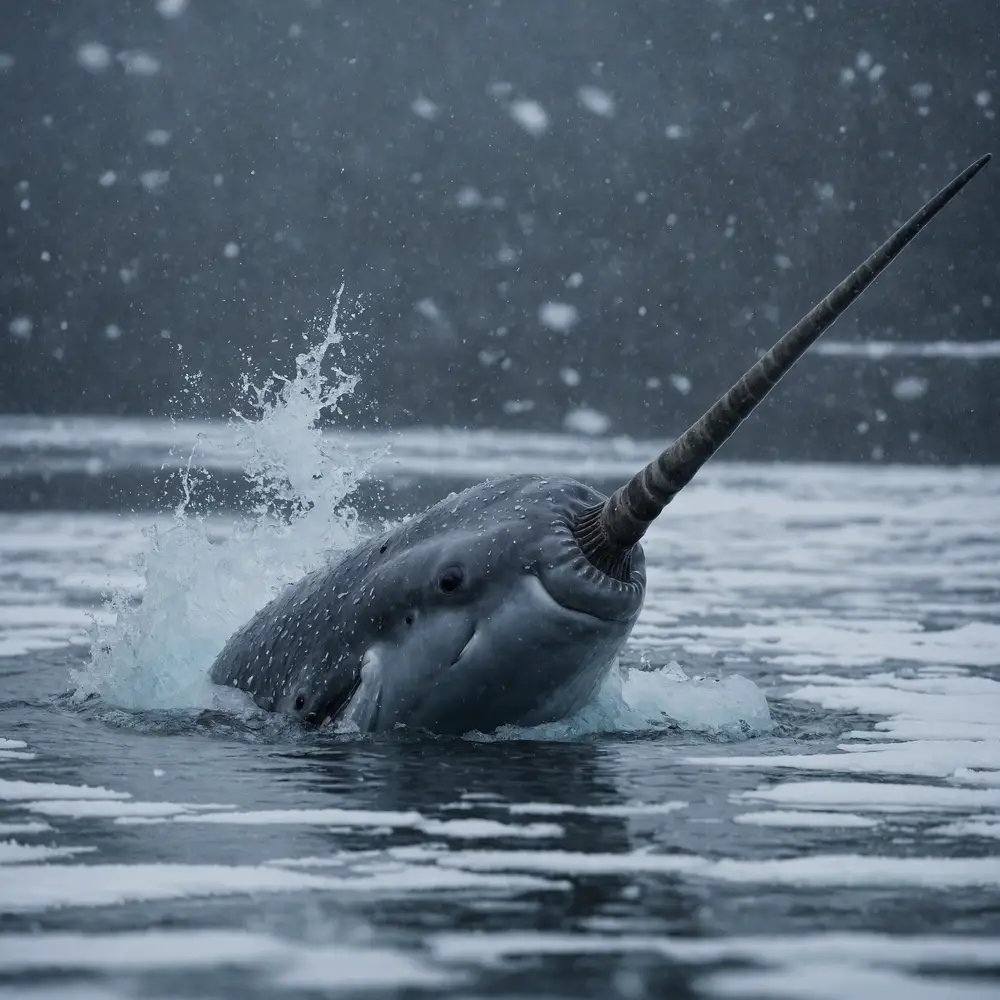
The Narwhal, often called the “unicorn of the sea,” is a fascinating marine mammal known for its long, spiral tusk. Found in the Arctic waters of Canada, Greenland, Russia, and Norway, Narwhals are part of the cetacean family, closely related to whales and dolphins. The tusk is actually an elongated tooth, primarily found in males, and can grow up to 10 feet long. Although its exact purpose is still debated, scientists believe it may be used in mating rituals or as a sensory organ.
Narwhals are adept divers, plunging to depths of over 1,500 meters in search of fish and squid. These social creatures often travel in pods, communicating through clicks, whistles, and knocks. While they are adapted to life in the harsh Arctic environment, Narwhals are threatened by climate change and human activities like shipping and oil exploration. Preserving their icy habitat is crucial for their survival and the health of the Arctic ecosystem. Their existence reminds us of the unique wonders hidden beneath the waves.
